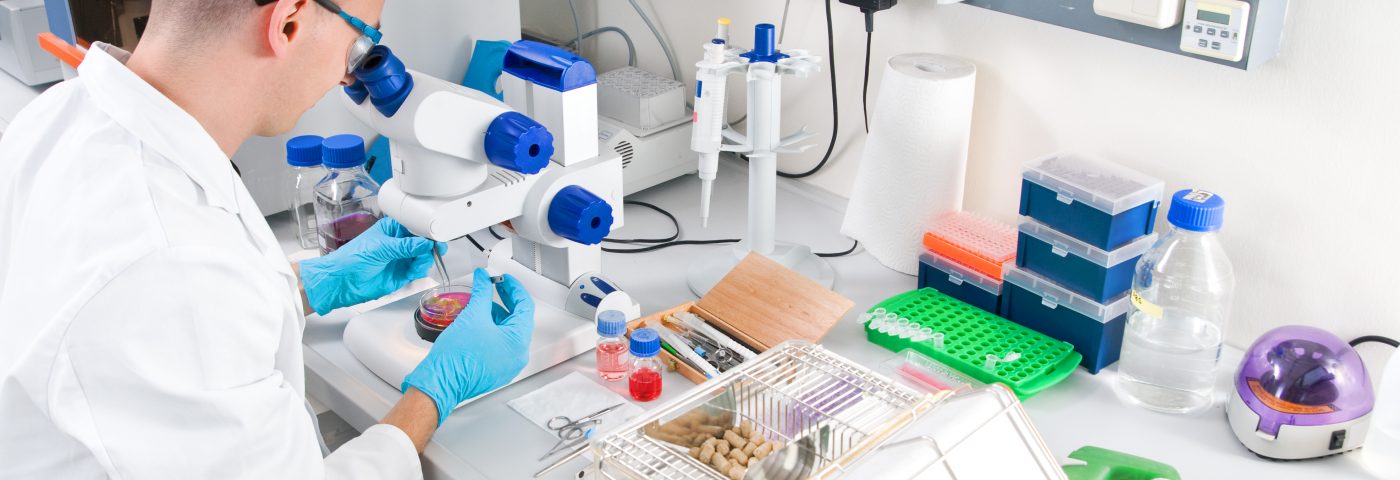“Mini lungs” created from the tissue of idiopathic pulmonary fibrosis (IPF) patients could be used to predict which of two medications would effectively treat them, according to a new study.
The lung systems, called pulmospheres, could also be used to test new therapies, researchers said in the study, “3D pulmospheres serve as a personalized and predictive multicellular model for assessment of antifibrotic drugs.”
Researchers from the University of Alabama at Birmingham published the study in the journal JCI Insights.
Pulmospheres are 3-D clusters of living cells. They are about a millimeter in diameter and are grown from tissue obtained through a lung biopsy. They contains all the cell types in human lungs.
Researchers grew pulmospheres from 20 patients with IPF and nine healthy subjects. The lung systems were exposed to one of two commonly used IPF medications: Ofev (nintedanib) or Esbriet (pirfenidone).
Within about 16 hours, researchers were able to observe whether the clusters responded favorably to one, both, or neither of the medications.
Pulmospheres from three patients responded to Ofev, and those from four patients responded to Esbriet. Eleven patients’ pulmospheres responded to both medications, and two did not respond to either.
The team confirmed the findings by following the patients.
“There is no cure for IPF, but there are two FDA-approved drugs that can help slow the rate of decline caused by the disease and improve quality of life,” Veena Antony, MD, the study’s primary investigator, said in a news release. “Not all patients respond to both drugs, and some don’t respond to either. Having a reliable clinical test that can predict which drug works best for which patient is urgently needed.”
Victor Thannickal, MD, a study co-author, called the findings “a wonderful example of precision medicine.”
“Using pulmospheres derived from a patient’s own cells may allow clinicians to tailor specific drugs to an individual patient without exposing that patient to potential side-effects or harm from treatments that are unlikely to be effective,” he said.
“There are many potential therapeutic agents for IPF in the discovery pipeline now, and this technique might prove to be a very effective way to determining which are the most promising,” Antony said.


An interesting dialogue is worth comment. I think that it is best to write more on this topic, it won’t be a taboo topic but usually persons are not enough to talk on such topics. To the next. Cheers
My husband and i felt now relieved that Raymond managed to finish off his investigations through the entire ideas he came across using your web page. It’s not at all simplistic just to happen to be giving freely information and facts which people have been selling. We really discover we’ve got the website owner to give thanks to because of that. All of the illustrations you’ve made, the easy site menu, the friendships your site aid to create – it’s got everything overwhelming, and it’s really making our son in addition to us feel that this situation is satisfying, and that’s exceedingly fundamental. Many thanks for all!